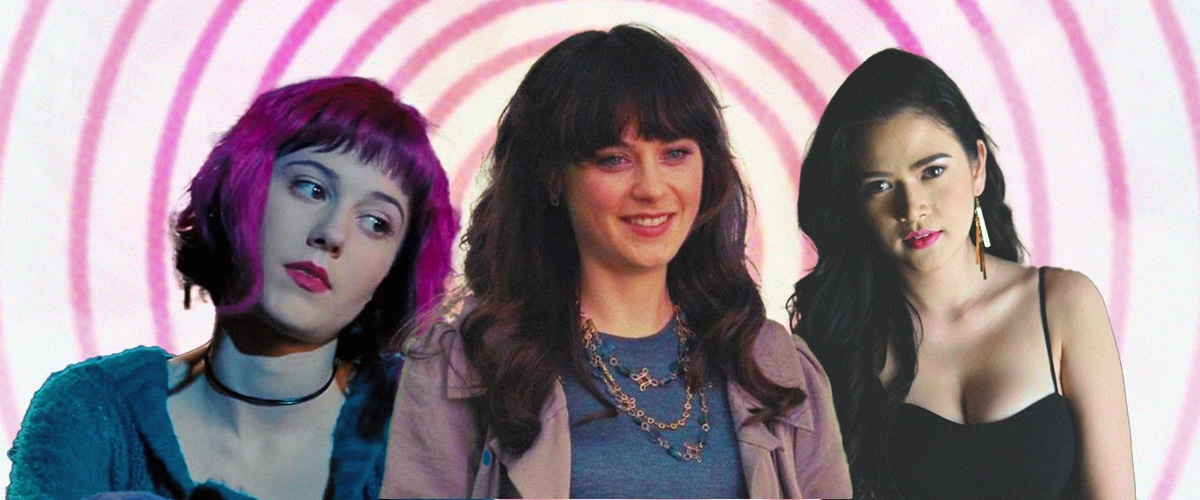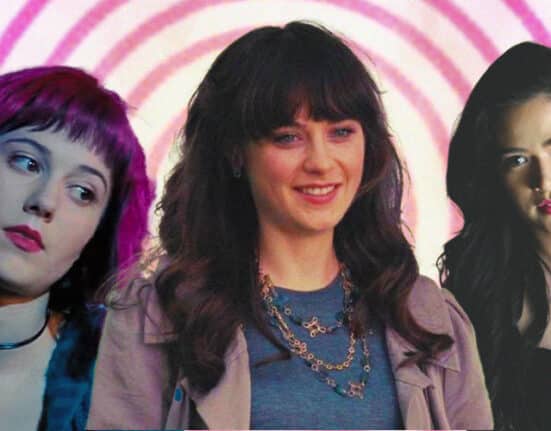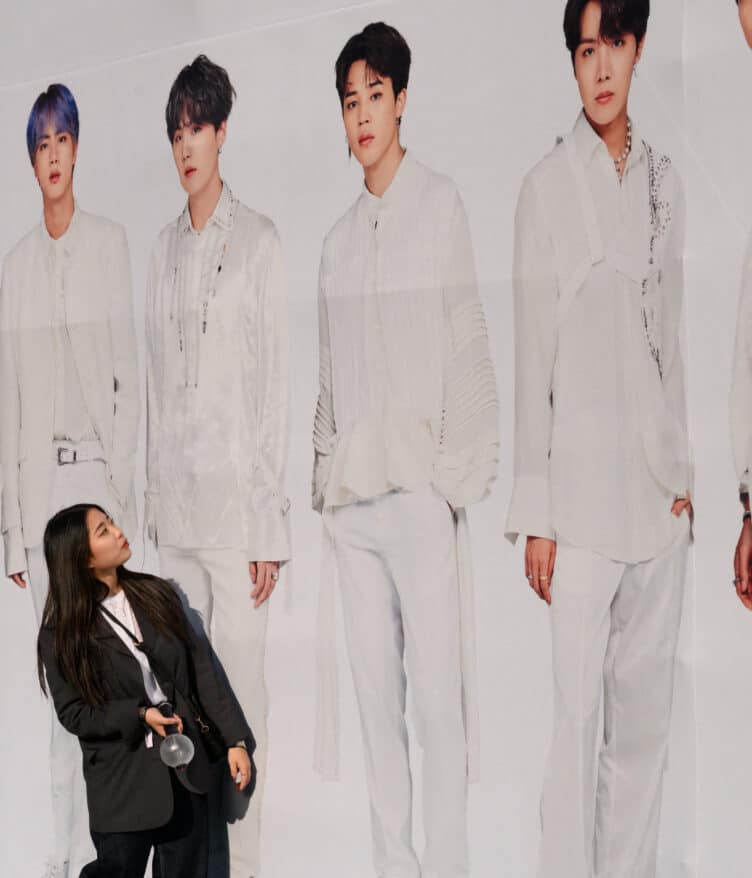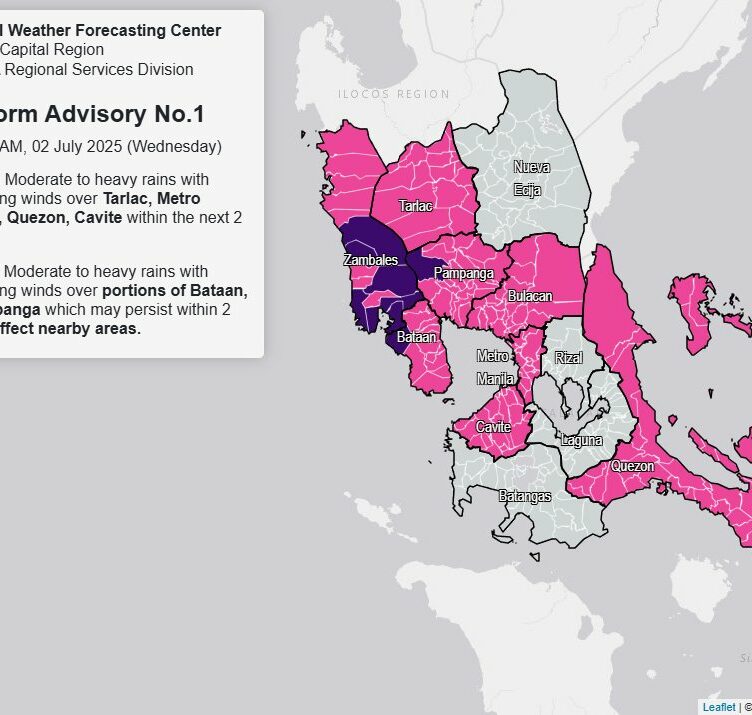SHE’S the kind of girl who dances in the rain, hair dyed an unnatural shade of blue, eyes full of mischief. She hums indie songs no one else knows, makes mixtapes for our ever so bland protagonist, drags him on spontaneous road trips, and tells him to live in the moment.
She bursts into his life like a whirlwind of colors and glitters— fun, quirky, but always just out of reach. Too ephemeral. Too unstable to be the endgame. She just exists long enough to change his life— and leave soon. Much too soon. She becomes ‘The One That Got Away’.
Ladies and gentlemen of the jury, before you stand the accused—the subject of endless media scrutiny and criticism. A trope so overused that we groan at her appearance on screen, mock her whimsical one-liners, and turn her quirks into memes.
Meet the Manic Pixie Dream Girl.
Today, we put her on trial. She may seem harmless—whimsical even—but make no mistake, she has done irreparable damage to storytelling and, by extension, to real women who are measured against her impossible standard.
She stands accused of being unrealistic, devoid of depth and autonomy, and vanishing conveniently—leaving the protagonist under her spell.
But is she truly to blame? Or is she just a product of a fantasy she was forced to inhabit?
Profile of the Defendant
Let us examine the accused.
The Manic Pixie Dream Girl (MPDG) is a name coined by film critic Nathan Rabin in 2007, after he watched Kirsten Dunst’s character in the film Elizabethtown (2005).
“Dunst embodies a character type I like to call The Manic Pixie Dream Girl,” wrote Rabin in his article, ‘The Bataan Death March of Whimsy Case File #1: Elizabethtown’.
“The Manic Pixie Dream Girl is an all-or-nothing-proposition. Audiences either want to marry her instantly (despite The Manic Pixie Dream Girl being, you know, a fictional character) or they want to commit grievous bodily harm against them and their immediate family,” he added.
Over time, as more characters were written into this trope, a distinct set of traits emerged to define the Manic Pixie Dream Girl outside Rabin’s initial conceptualization.
Her character is unconventional and quirky. She stands out from the crowd with her offbeat personality, often expressed through whimsical wardrobe choices, peculiar habits, or unpredictable sense of humor. She might wear mismatched clothes, collect obscure vinyl records, or have an absurd nickname.
She is also mysterious yet accessible. She remains elusive throughout the story, but always appears just at the right moment to shake up the male protagonist’s world. Her past is vague, her future uncertain, but in the present, she is entirely devoted to his emotional awakening.
Oh, and God, she’s almost always spontaneous! She takes you on an unplanned midnight road trip. She dances in the rain. She encourages you to scream in the void to let out your feelings— or you know, to just have some fun.
She’s deep. She speaks in a poetic language, dropping profound one-liners in the middle of grocery shopping. She seems to have a deep understanding of the world and refuses to play by its rules.
And oh— how often we meet her!
She is Ramona Flowers in Scott Pilgrim vs. The World (2010), Margo Roth Spiegelman from Papertowns (2015), or Stella Puno in 100 Tula Para Kay Stella (2017).
She is everywhere, flitting through films and novels like a fever dream. She’s the girl who shakes up dull lives, the catalyst for change, the muse for our lovelorn protagonist.
And oh, how we hate her.
The People vs. The Manic Pixie Dream Girl
Your Honor, the figure before you has captivated audiences for many years. She is charming, whimsical and seemingly full of life. But beneath the surface, beneath the rainbow hair and indie mixtapes, beneath a lesson wrapped in a quirky package, lies a carefully crafted illusion.
And that, Your Honor, is why we are here today.
Too much exposure to the Manic Pixie Dream Girl had led to a lot of criticisms— many directed towards the character itself.
She is the girl who seems to exist above the rest, a beacon of effortless cool, a symbol of the extraordinary.
But to some, this reads as entitlement—a woman who flits through life without consequence, who is adored simply for being different. She is quirky, but in a way that feels performative. She is carefree, but only in ways that serve her. She rejects what is expected of women, but not to challenge norms—only to stand apart from other girls.
She’s always the exception, but never the norm. She is never just a regular girl— she’s the girl. Special, unique, so unlike the “other girls”. Her very existence hinges on the idea that ordinary women—who don’t wear vintage dresses, hum obscure songs, or live in a world of romanticized melancholy—are somehow less worthy of attention.
She gets to be flawed without consequences— unreliable, emotionally distant, and even borderline manipulative. Yet, she is rarely held accountable.
So, resentment grows. Not just toward the character, but toward the real girls that remind people of her.
And so, Your Honor, the Manic Pixie Dream Girl is charged with turning womanhood into a hierarchy.
She is an agent of exclusion—uplifting herself by looking down on others, reducing real women to a comparison they never agreed to be a part of.
She is the original Pick Me Girl, the one who made being not like other girls a badge of honor.
She does not break the mold—she simply reshapes it, ensuring that only those who fit her brand of quirky, effortless cool are deemed worthy.
Cross-Examination of the Charges
But objection, Your Honor—the Manic Pixie Dream Girl is not the real culprit. This is a mistrial.
The accused stands before you, not as a figure of her own making, but as the embodiment of someone else’s desires. She was crafted, not born. Puppeteered by those who project their fantasies onto her, shaped by hands that know nothing of womanhood yet dictate what it should be.
The real villain is not the Manic Pixie Dream Girl. It is the Patriarchy—the true architect of her existence.
After all, what is a character but a reflection of its creator? An empty shell until filled with someone else’s ideals? The ones who breathe life into her reveal far more about themselves than they do about women.
And so, the Manic Pixie Dream Girl is not the perpetrator—she is the casualty of their fantasy.
The Patriarchy, through their Male Gaze, sits at the heart of this crime. It is the one that strips her of her autonomy, warping her into an object of desire, rather than of agency. She was never meant to have her own dreams, struggles, or complexities— only to serve as a fleeting muse, a burst of color in a man’s otherwise dull existence.
Even the one who coined her appellation points this out. Rabin, in his essay, said:
“The Manic Pixie Dream Girl exists solely in the fevered imaginations of sensitive writer-directors to teach broodingly soulful young men to embrace life and its infinite mysteries and adventures.”
And isn’t that true? Time and time again, we see her molded to fit a fantasy rather than a fully realized person.
Exhibit A: Summer Finn from 500 days of Summer (2009). She is painted as the dream girl, an enigmatic beauty who understands The Smiths. She has the perfect balance of charm and mystery. But we only ever see her through Tom’s eyes— his idealization of her, his disappointment when she fails to live up to his expectations. Her own thoughts, desires, and struggles remain a mystery because they were never the point.
Exhibit B: Ramona Flowers in Scott Pilgrim vs. The World (2010). She’s an effortlessly cool girl with dyed hair and an air of detachment. She is introduced as a prize to be won, a challenge for Scott to overcome, rather than a fully realized person. She carries baggage not because they care about her being human, but because it makes her interesting. A source of mystery to be conquered by the hero. It was never meant to humanize her.
Exhibit C: Stella Puno in 100 Tula Para Kay Stella (2017). She is not a character in her own right, nor someone whose struggles the audience is meant to truly understand. Instead, she exists as inspiration—a fleeting muse for the timid poet protagonist. Rather than being fully known, she is romanticized, her complexities sidelined. And in the end, she is never meant to stay—only to shape him for the love that will.
The camera lingers on the Manic Pixie Dream Girl as she twirls in the rain, as she delivers her poetic one-liners, as she breathes life into a lost soul—but never once does it stop to ask: What does she want?
The Manic Pixie Dream Girl may be guilty of being an illusion— but not of creating herself.
The Verdict
Not Guilty.
The Manic Pixie Dream Girl never stood a chance—born not as a person, but as a projection. She did not write her own lines, nor did she choose to be an illusion. The real crime lies with those who made her this way, who stripped her of autonomy and called it charm.
And so, we set her free. But the trial is far from over. The real culprits remain at large.
How useful was this post?
Click on a star to rate it!
Average rating 5 / 5. Vote count: 2
No votes so far! Be the first to rate this post.
We are sorry that this post was not useful for you!
Let us improve this post!
Tell us how we can improve this post?








